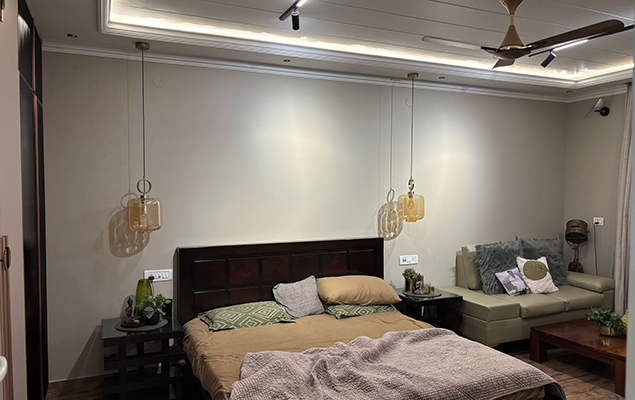Creating a blog post about PVD (Physical Vapor Deposition) partitions in manufacturing can cover several important aspects. Here's a detailed list of topics you can include to create a comprehensive and informative blog post:
1. Introduction to PVD (Physical Vapor Deposition)
- Definition: Explain what PVD is and its role in modern manufacturing.
- How it works: Briefly explain the process, where materials are vaporized and deposited onto a substrate.
- Types of PVD processes: Discuss variations like sputtering, evaporation, and cathodic arc deposition.
2. Importance of PVD in Manufacturing
- Enhancing material properties: Highlight how PVD is used to improve hardness, wear resistance, corrosion resistance, and aesthetic qualities.
- Applications in various industries: Include automotive, aerospace, medical devices, electronics, and decorative products.
3. What is a PVD Partition?
- Definition of PVD partitions: Clarify what PVD partitions are in the context of manufacturing.
- Role in production: Describe how PVD partitions are used in the production process to separate or shield different areas of a machine, oven, or vacuum chamber during deposition.
4. Materials Used in PVD Partitions
- Materials selection: Discuss common materials used for PVD partitions like stainless steel, aluminum, or titanium.
- Properties: Focus on material properties such as thermal resistance, durability, and their ability to withstand vacuum environments.
5. PVD Partition Functions and Features
- Temperature regulation: How partitions help maintain temperature control in the deposition process.
- Vacuum integrity: Role of partitions in maintaining vacuum integrity and preventing contamination.
- Safety and Efficiency: Discuss how partitions contribute to safer and more efficient PVD processes.
6. Customization of PVD Partitions
- Tailored solutions for industries: Talk about how manufacturers can customize partitions to fit specific PVD setups (size, shape, coating).
- Modular designs: Some manufacturers offer modular partitions that can be adjusted as production needs evolve.
7. PVD Partition Manufacturing Process
- Design considerations: How PVD partition designs are conceptualized, considering factors like space, airflow, and thermal conductivity.
- Fabrication methods: Include techniques like welding, machining, and surface treatments to create partitions.
- Testing and quality control: How manufacturers test partitions for structural integrity, vacuum leak tightness, and material durability.
8. Maintenance of PVD Partitions
- Cleaning and upkeep: Guide on how to clean and maintain partitions to ensure optimal performance.
- Inspecting for wear and tear: Tips for checking for cracks, scratches, or signs of deterioration.
- When to replace: Signs that a PVD partition might need to be replaced or upgraded.
9. Challenges in PVD Partition Manufacturing
- Material compatibility: Challenges in choosing materials that can withstand the high temperatures and reactive environments in PVD systems.
- Cost considerations: The impact of material costs and custom designs on the overall manufacturing cost.
- Complexity in fabrication: Discuss the difficulties in creating partitions that meet exacting specifications.
10. Trends in PVD Technology and Partition Design
- Advances in PVD materials: New materials and coatings that improve the effectiveness of PVD partitions.
- Sustainability in PVD: Eco-friendly practices such as recycling materials and reducing energy consumption.
- Automation and smart monitoring: The growing trend of incorporating IoT sensors and automated monitoring systems in PVD processes, including partitions.
11. Conclusion
- Summarize the role and importance of PVD partitions in manufacturing.
- Highlight the potential for innovation in partition design and PVD technologies.
